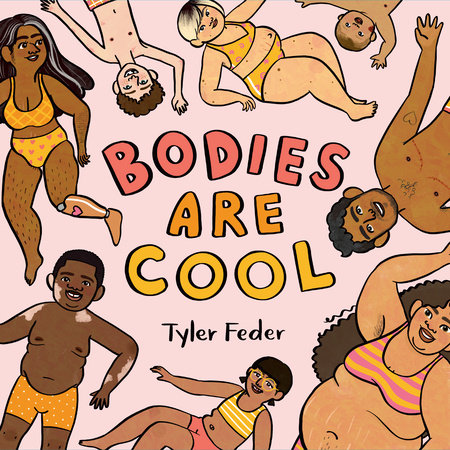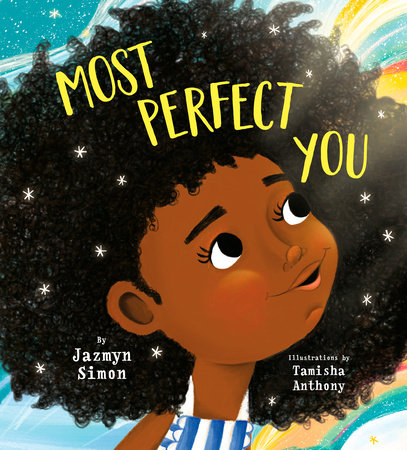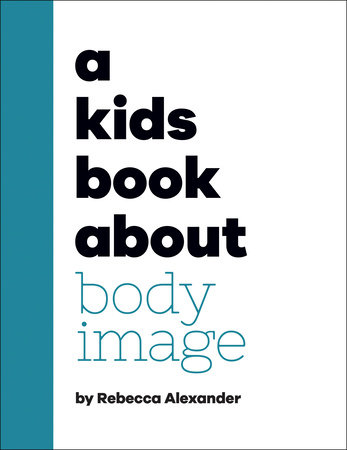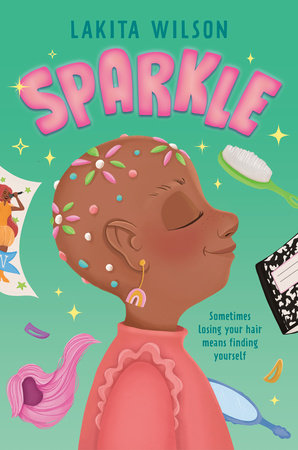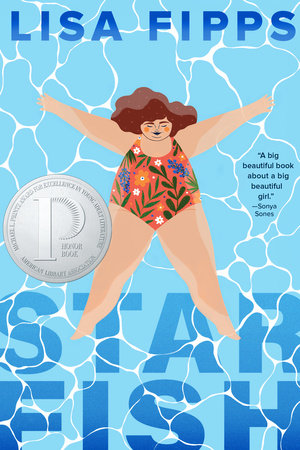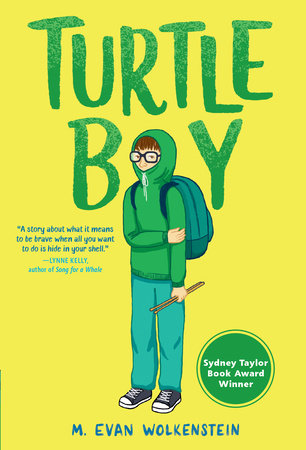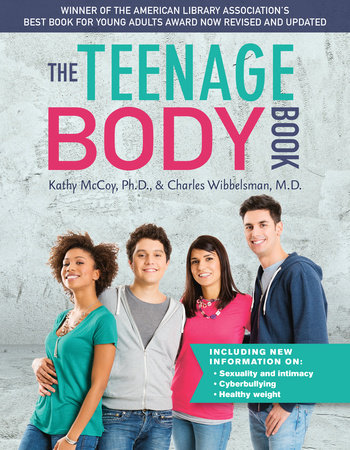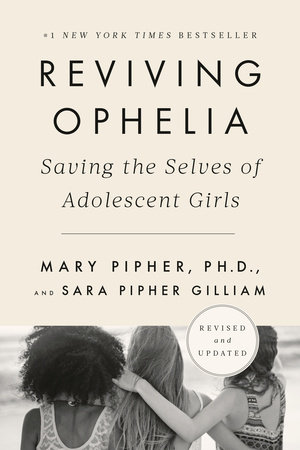Books To Help Kids Build a Positive Body Image
by Denise Schipani
A year or so ago, when my older son was growth-spurting — and sliding into his Awkward Years — he said something so out of the blue (well, to my ears) that I can’t stop thinking about it. “Just look at my legs!” he moaned, with real anguish. “They are so fat.” For the record, my boy is big (always has been), but he is not “fat.” What made his pronouncement ring uncomfortably in my ears was the fact that I thought this didn’t happen to boys!
Clearly, I was wrong. And yet when I started searching for books to help boys deal with distorted body images, I found … not a lot. (Plenty for girls, which is understandable). The fact is, our kids — all of them— are faced daily with unrealistic images of the human body, and some are more vulnerable (thanks to temperament or age or a host of other factors) to making damaging comparisons with their own bodies. Barbie’s Amazonian frame, ever-thinner runway models, notorious magazine and advertisement Photoshopping: What the media presents to girls is well-known. Guess what? Boys are catching up: It’s now commonplace for male models to be shirtless (and more), baring impossibly chiseled torsos. Male action figures, too, have physiques that, if transposed onto adult men, would dwarf the buffest body builder. The point is, all our children are growing up with distorted images of what makes a woman or a man sexy, hot, desirable, cool.
One thing a smart parent can do is limit exposure to these images, but that can be (depending on your child’s age) about as unrealistic as Barbie’s waist size. Start as early as you can by presenting them with positive counter messages, such as those found in these books.
-
For Kids
-
Bodies Are Cool
Buy from:Young children are fascinated with their bodies, and it’s never too early to teach them body positivity. This delightful picture book celebrates the many shapes, sizes, and colors of bodies and encourages readers to appreciate their own body’s unique qualities.
(Ages 3 — 5)Buy from: -
Most Perfect You
Buy from:Irie thinks she isn’t as perfect as other little girls and confides her insecurities to her mom. In response, Irie’s mom lovingly shares the wonderful things about her, from her beautiful smile to her generous heart. This confidence-boosting book is an excellent choice for any kid who thinks they don’t fit the “perfect” mold.
(Ages 4 — 8)Buy from:
RELATED: 12 Picture Books About Body Positivity
-

A Kids Book About Body Image
Buy from:This nonfiction book gives young readers a clear explanation of what body image is and how to manage it. It encourages kids to look past outside appearances of themselves and others and appreciate people’s hearts, minds, and personalities.
(Ages 5 — 9)Buy from: -
A Kids Book About Beauty
Buy from:Similar to A Kids Book About Body Image, this nonfiction title redefines beauty. Rather than focusing on our looks, true beauty means embracing the right mentality. Young readers will learn that beauty is for everyone and means much more than someone’s appearance.
(Ages 5 — 9)Buy from: -
Sparkle
Buy from:Middle school is challenging for any kid, but when Sparkle gets diagnosed with alopecia, it becomes unbearable. Sparkle tries to hide her condition from everyone at school but can’t keep her secret forever. As her life gets increasingly complicated, Sparkle must decide whether to continue hiding or risk sharing her true self with her friends and classmates.
(Ages 8 — 12)Buy from: -
Starfish
Buy from:Ellie likes floating around her pool because it is the one place where she doesn’t feel self-conscious about her body. However, with help from her therapist, father, and a family friend, Ellie learns to accept herself and ignore the negative people in her life.
(Ages 10 and up)Buy from:
RELATED: Body-Positive Books for Curvy Tweens and Teens
-
Turtle Boy
Buy from:Kids have always teased Will about his odd-looking chin, so he keeps it out of sight by keeping his hood up. He meets RJ, a boy struggling with an incurable illness, and decides to help RJ tackle his bucket list. As the boys check things off the list, they develop a genuine friendship, and Will learns to leave his shell behind and live life to the fullest.
(Ages 10 and up)Buy from:
-
For Parents
-
The Teenage Body Book, Revised and Updated Edition
Buy from:From nutrition to sex, this nonfiction book covers everything teenagers need to know about their bodies. Topics covered include mental health, sexual health, body image, bullying, online safety, and much more. Parents and teens alike will find helpful information in this guide to teenagerhood.
Buy from: -
Reviving Ophelia 25th Anniversary Edition
Buy from:The 25th-anniversary edition of this classic book has been updated for parents of modern teen girls. From social media and mental health to body image and activism, this book covers relevant and important topics for today’s teens and their parents. Although the text focuses on girls, most of the advice can apply to any teenager.
Buy from:
You might also like:
Editor’s Note: This article was originally published in 2015 and updated in 2024.

